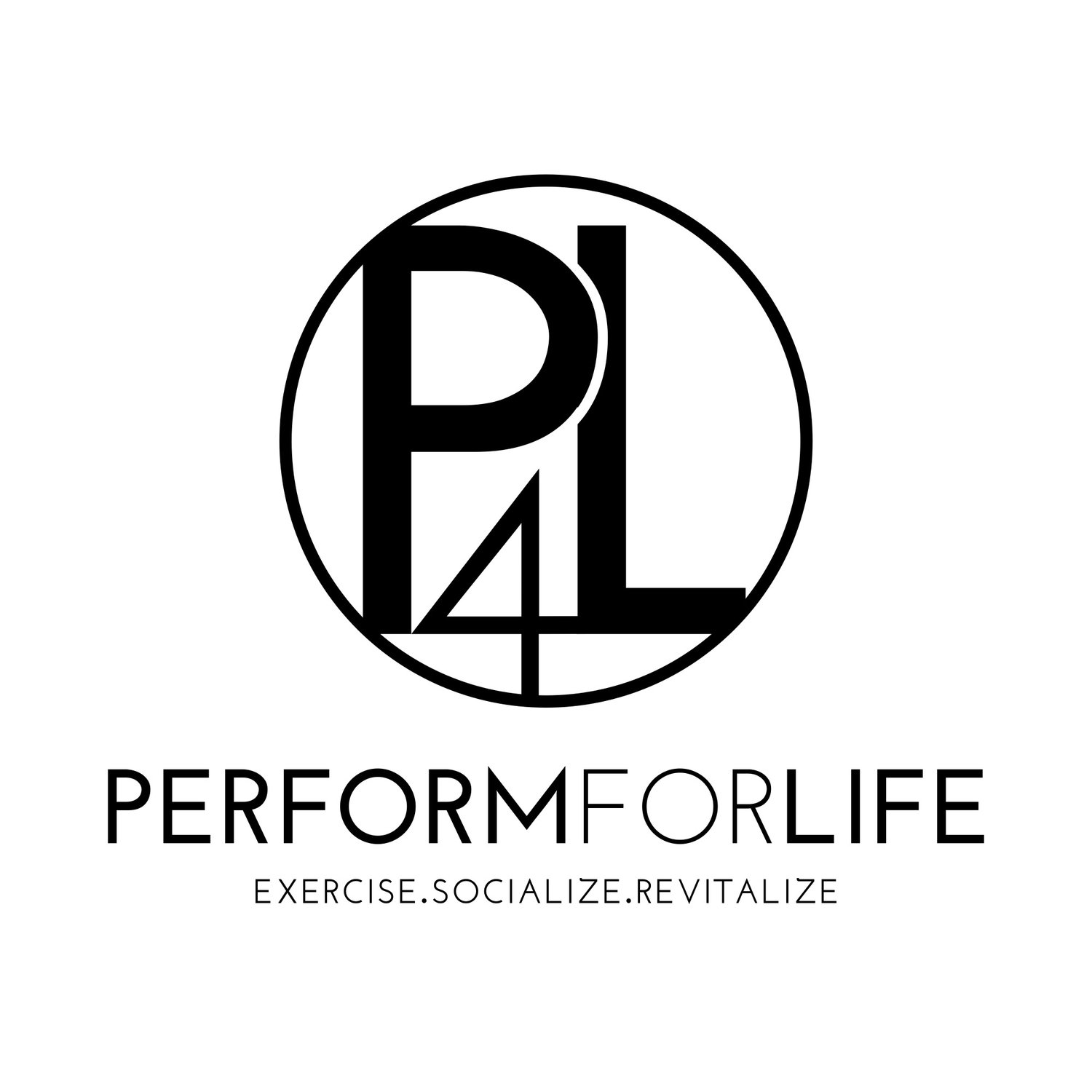Exercise Aids Parkinson's Disease Patients
When you think of exercise, you probably picture people struggling to lift heavy objects while trying not to slip in their own puddles of sweat. You probably see the same people on the machines, the same meatheads in the free-weight area, and the same elderly people cruising along on the cardio equipment. But while those meatheads add to their puddles of sweat and dream about eating a meal other than chicken breast and steamed veggies, some of those on the cardio equipment may be quietly fighting an uphill battle with no concrete victory ahead.
The battle against Parkinson’s disease has been noted since the early 19th century. James Parkinson first published his findings about the disease which later took his name in his classical essay The Shaking Palsy in 1817. Parkinson’s Disease (PD) currently affects over 6 million people worldwide, with 60,000 new cases diagnosed every year in the U.S. alone. Since age has been deemed the number one risk factor for PD, this number will only continue to grow with lengthened life expectancies and the aging baby boomer generation. However, researchers recently discovered that exercise helps to slow the neurodegeneration of dopaminergic neurons in the basal ganglia.
The Science Behind Parkinson’s
PD is a neurodegenerative disease, meaning: symptoms worsen as time goes on, because cells continue to die. Dopaminergic neurons are the cells which continuously die out. These specific brain cells produce a neurotransmitter called dopamine. Dopamine works to help control motor functions, memory, and pleasure, among other things, so a dopamine depletion would impair one’s motor functions (a.k.a. voluntary movements). The depletion of dopaminergic neurons occurs in a brain region called the basal ganglia. Since dopamine works to control movement, the most noticeable symptoms of PD are the ones which affect motor functions like: tremors, rigidity (stiffness), and bradykinesia (slowed movement). PD symptoms may be managed, but not cured. The disease has no known cause or cure. The symptoms progress in severity as time goes on BUT exercise can slow the progression and make symptoms more manageable!
Exercise’s Effects on Parkinson’s
Exercise as an intervention for PD has shown to increase dopamine production through the formation of new neuronal connections, leading to more pathways for production. A study performed at the Cleveland Clinic showed the shear effectiveness of exercise on PD patients. Researchers found that exercise on a tandem bicycle activated the same brain regions affected by PD. The results indicate that the exercise was just as effective as medication for the disease. Findings like these may eliminate the need for medication so early on in the treatment process, making treatment much more affordable while simultaneously introducing an inexpensive alternative treatment. A German study found that forced exercise improves the walking patterns in PD patients. Since PD affects the motor functions of patients, researchers sought out a way to improve their walking patterns. Findings indicate that forced exercise elicited long-term positive effects on PD patients’ walking, combatting the dopamine deficiency. The combined effects from these studies show promising evidence that exercise can be used as an effective treatment to aid in the fight against Parkinson’s.
References
Alberts, J. L., Phillips, M., Lowe, M. J., Frankemolle, A., Thota, A., Beall, E. B., & ... Ridgel, A. L. (2016). Cortical and motor responses to acute forced exercise in Parkinson's disease. Parkinsonism & Related Disorders, 2456-62. doi:10.1016/j.parkreldis.2016.01.015
Bear, M. F., Connors, B. W., & Paradiso, M. (2016). Neuroscience: Exploring the Brain. Philadelphia: Wolters Kluwer.
Stuckenschneider, T., Helmich, I., Raabe-Oetker, A., Froböse, I., & Feodoroff, B. (2015). Active assistive forced exercise provides long-term improvement to gait velocity and stride length in patients bilaterally affected by Parkinson's disease. Gait & Posture, 42(4), 485-490. doi:10.1016/j.gaitpost.2015.08.001

